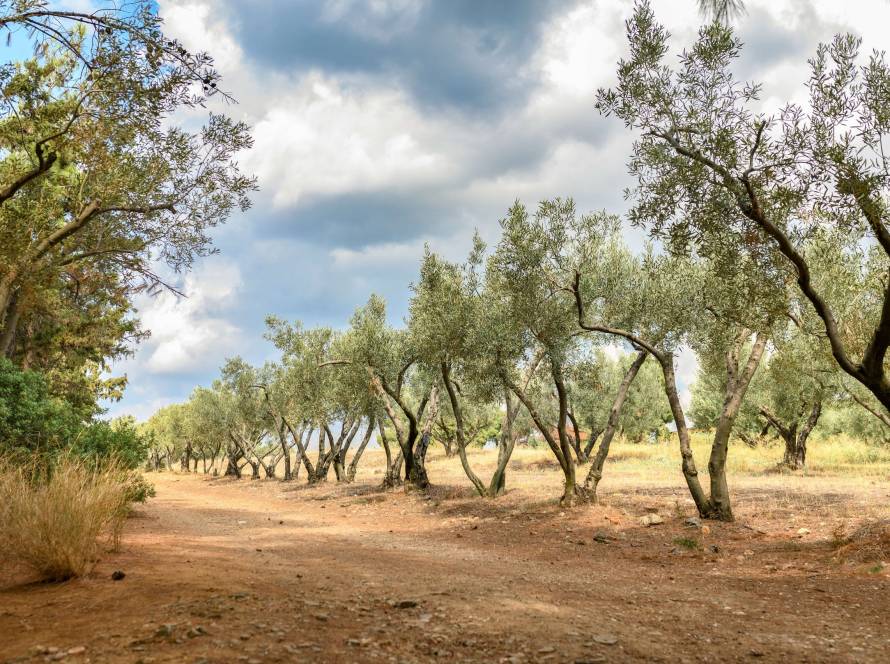The agriculture of the future is being shaped by efficient and smart solutions to meet the world’s growing food demand while preserving natural resources. Climate change, rapid population growth, and limited natural resources have made a transition to sustainable and innovative farming techniques essential. Technology now plays a pivotal role in nearly every aspect of agriculture. Let’s take a closer look at the future farming techniques and the smart solutions shaping this transformation.
1. Digital Farming: Harnessing the Power of Data
Digital farming is an innovative approach forming the foundation of future agriculture. This method leverages data to provide farmers with a more efficient farming process. Through technologies like sensors, drones, and satellite imaging, real-time data on soil conditions, moisture, temperature, and plant growth is collected and analyzed. This data enables farmers to plan their agricultural activities more effectively and take precise actions.
For instance, soil moisture sensors can determine when plants need watering, ensuring water is used only when necessary, which saves resources. Similarly, analyzing temperature and humidity data can help plan harvest times more efficiently. Digital farming not only promotes eco-friendly practices but also boosts production by optimizing resource use.
2. Vertical Farming: Urban Agricultural Production
Vertical farming is an innovative method used for agricultural production in urban areas. Instead of traditional horizontal fields, plants are grown on vertically stacked shelves. This method stands out for its space-saving nature and minimal water usage. Additionally, controlled environmental conditions allow year-round production.
Vertical farming can be implemented in buildings, rooftops, or specially designed indoor spaces in cities. Using LED lighting and hydroponic systems, this method reduces the need for natural light and soil. As a result, cities can partially meet their food demands, reducing logistics costs and maintaining the freshness of produce.
3. Precision Agriculture: Targeted Applications at the Right Time and Dose
Precision agriculture utilizes technology to optimize inputs like water, fertilizer, and pesticides. This approach ensures the most appropriate amount of resources is used for each field area, reducing environmental impacts and lowering costs.
GPS-enabled machinery, drones, and sensors are used to create detailed field maps, tailored to the specific needs of each area. For example, nitrogen-deficient areas of the soil receive only the necessary amount of fertilizer, avoiding excessive chemical use while improving crop productivity. Precision agriculture enhances environmental sustainability and increases efficiency in farming.
4. Robotics and Automation: Technologies Enhancing Efficiency
Advancements in robotics have significantly increased efficiency while reducing the need for manual labor in farming. Robots perform tasks like planting, sowing, and harvesting quickly and effectively. They are also used for delicate operations like detecting and removing pests.
For instance, precision planting machines sow seeds at the correct depth and spacing, while smart harvesting robots collect crops without causing damage. These technologies not only simplify farm labor but also save time and reduce costs. The increased use of agricultural robots in the future is expected to lead to significant productivity gains.
5. AI-Assisted Prediction and Planning
Artificial intelligence (AI) enables more accurate predictions and planning by analyzing agricultural data. AI-powered systems provide insights on crop growth, pest detection, and disease monitoring, offering recommendations to farmers. Additionally, AI can analyze weather data to predict when crops will require more water.
By safeguarding plant health and boosting productivity, AI accelerates decision-making processes and reduces costs. This technology makes agricultural production more predictable and sustainable.
6. Hydroponic and Aquaponic Systems: Soilless Farming Methods
Hydroponic and aquaponic systems are known as soilless farming methods. In hydroponics, plants grow in mineral-rich water solutions, while aquaponics combines plant and fish cultivation. These methods significantly reduce water usage while accelerating production.
In areas with limited water resources, hydroponic systems provide an effective solution. These systems yield efficient results with much less water compared to traditional farming. As the adoption of hydroponic and aquaponic systems grows, agricultural production becomes increasingly sustainable.
7. Water-Efficient Irrigation Systems
Water conservation is crucial in sustainable farming. Water-efficient irrigation systems enable the optimal use of water resources. Drip irrigation, micro-irrigation, and smart irrigation systems minimize water loss and promote conservation. Smart irrigation systems, in particular, continuously monitor soil moisture levels and ensure watering only when needed.
These systems not only save water but also deliver healthier hydration to plant roots. These water-saving methods are indispensable for environmentally friendly agriculture.
A Glimpse into the Future of Farming
The future of agriculture is being shaped by innovations brought by technology. Smart farming solutions not only enhance productivity but also minimize environmental impacts, paving the way for a sustainable future. These intelligent and efficient farming techniques are crucial for meeting the growing demand for food while preserving natural resources.
As these techniques become more widely adopted, agricultural production will undergo a significant transformation. Smart farming solutions will be vital for overcoming challenges like climate change, water scarcity, and dwindling natural resources, ensuring a sustainable future for farmers and societies alike.





